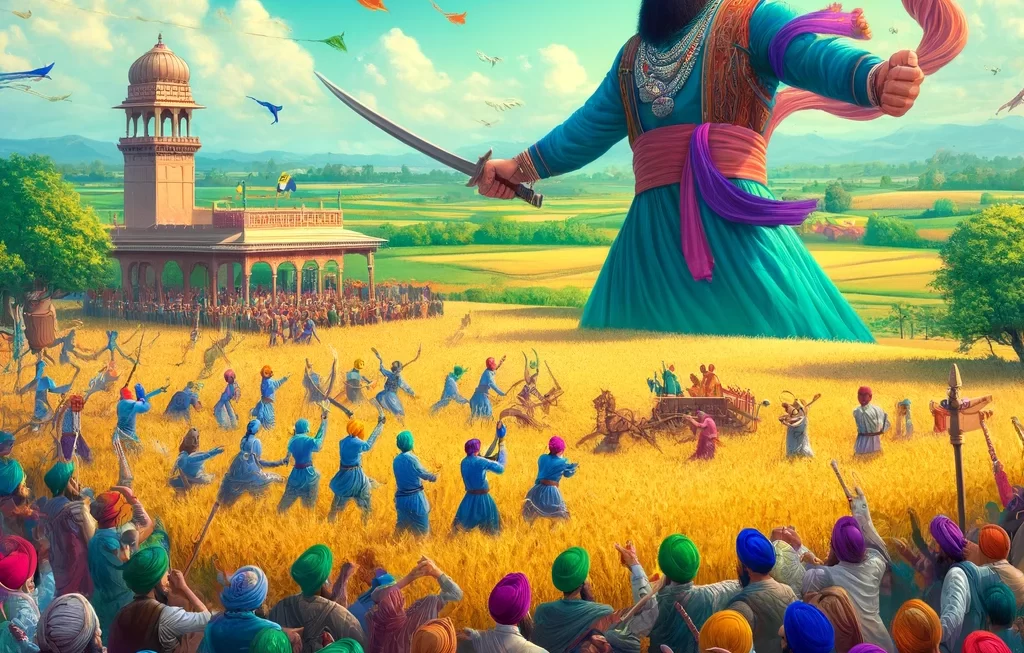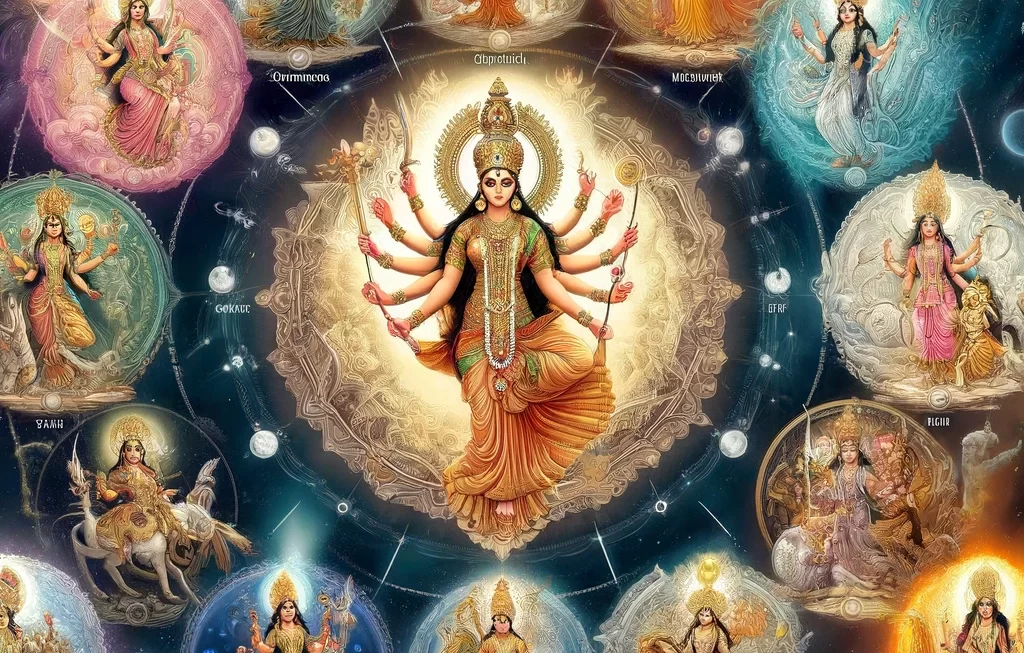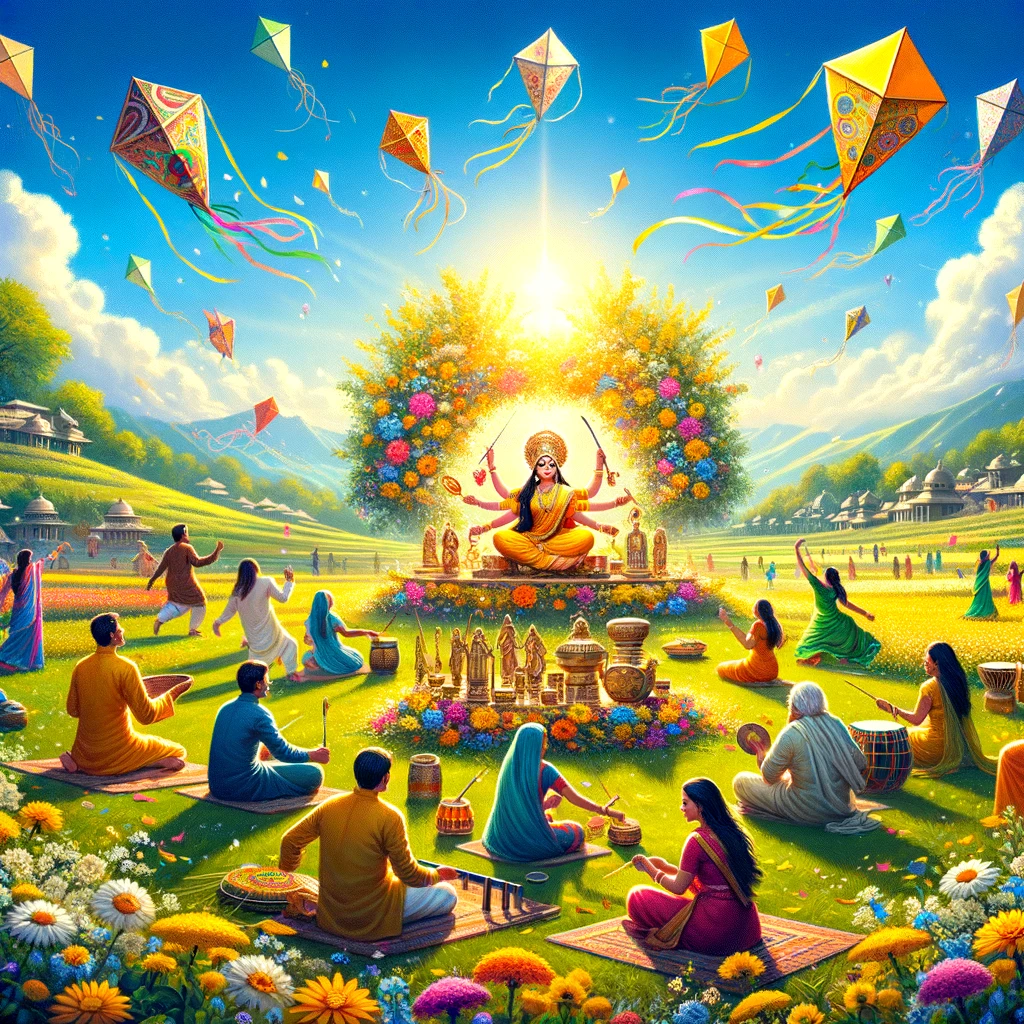In the heart of India’s diverse cultural tapestry, two festivals stand out each spring with their unique blend of colors, spirituality, and valor: Holi, the festival of colors, and Holla Mohalla, the festival of courage. Both festivals are celebrated with great fervor across different parts of India, embodying the nation’s rich historical and cultural heritage.
Holi: A Symphony of Colors
Holi, celebrated on the full moon day in the Hindu month of Phalguna (March), marks the arrival of spring and the victory of good over evil. The festival has ancient origins, with references found in early religious works such as the Jaimini’s Purvamimamsa-Sutras and Kathaka-Grhya-Sutras. It is associated with several legends, the most famous being the tale of Prince Prahlad, his defiance against his tyrannical father King Hiranyakashipu, and the protection he received from Lord Vishnu in the form of Narasimha. This story symbolizes the triumph of faith and goodness in the face of adversity.
The eve of Holi is marked by the lighting of bonfires, representing the burning of evil. The following day, revelers immerse themselves in a riot of colors, throwing dyed powders and colored water on one another, singing, dancing, and embracing the spirit of joy, forgiveness, and renewal. Beyond its vibrant exterior, Holi encourages the dissolution of social barriers, fostering a sense of community and togetherness among participants.
Holla Mohalla: The Art of Valor
Almost concurrently with Holi, the Sikh community celebrates Holla Mohalla. Instituted by Guru Gobind Singh, the tenth Sikh Guru, in 1701, this festival is a testament to the martial spirit of the Sikhs. Celebrated primarily at Anandpur Sahib in Punjab, Holla Mohalla showcases the might and bravery of Sikh warriors through mock battles, weaponry displays, and martial arts demonstrations, known as Gatka.
Holla Mohalla is not just a display of physical strength but also a spiritual gathering. It serves as a reminder of the values of courage, self-defense, and service to humanity that Guru Gobind Singh sought to instill in his followers. The festival culminates in a community feast, or Langar, emphasizing equality and the importance of community service.
Personal Reflections: The Essence of Celebrating Together
My personal experiences of Holi have been filled with laughter, colors, and the warmth of friendships renewed. As a child, armed with water balloons and packets of gulal (colored powder), I would join the neighborhood kids in painting our streets in hues of joy. There was something magical about that day – barriers came down, and the world seemed a little brighter, a little closer.
The Message Behind the Celebrations
Both Holi and Holla Mohalla, in their own unique ways, carry a message of resilience, unity, and joy. Holi teaches us to embrace our diversity, to forgive and forget, and to look forward to new beginnings with hope and love. Holla Mohalla inspires us to stand tall in the face of adversity, to protect our values, and to serve those around us with courage and humility.
As we celebrate these festivals, we do more than just observe traditions; we breathe life into them, weaving the values they represent into the fabric of our daily lives. In the colors of Holi and the valor of Holla Mohalla, we find the essence of India – vibrant, resilient, and eternally hopeful.
In celebrating these festivals, we not only honor our past but also pave the way for a future where love, bravery, and unity define our collective identity.




